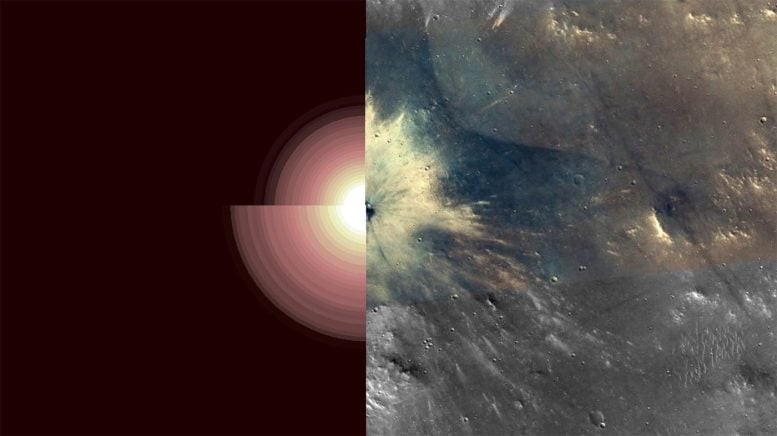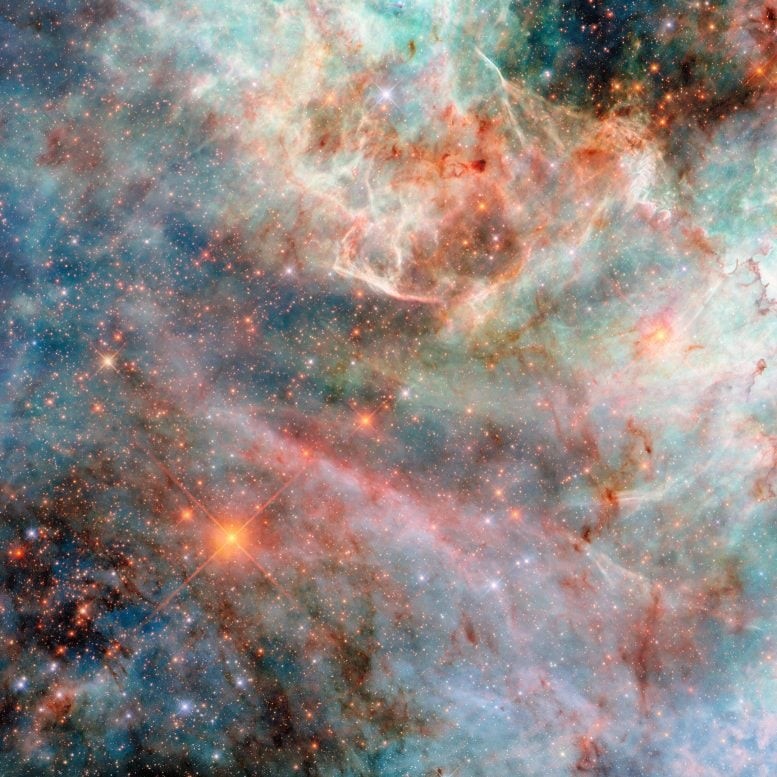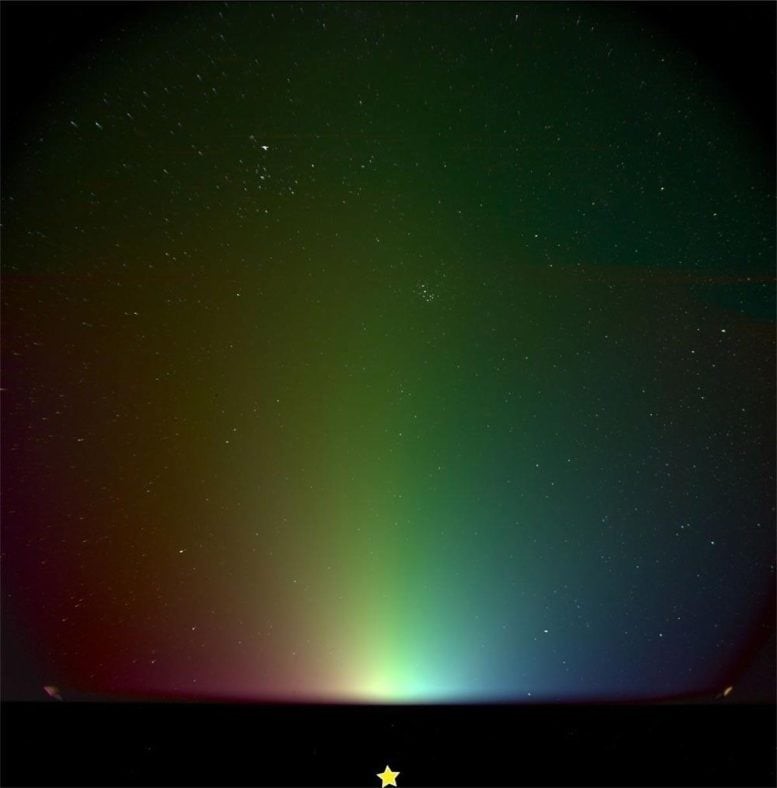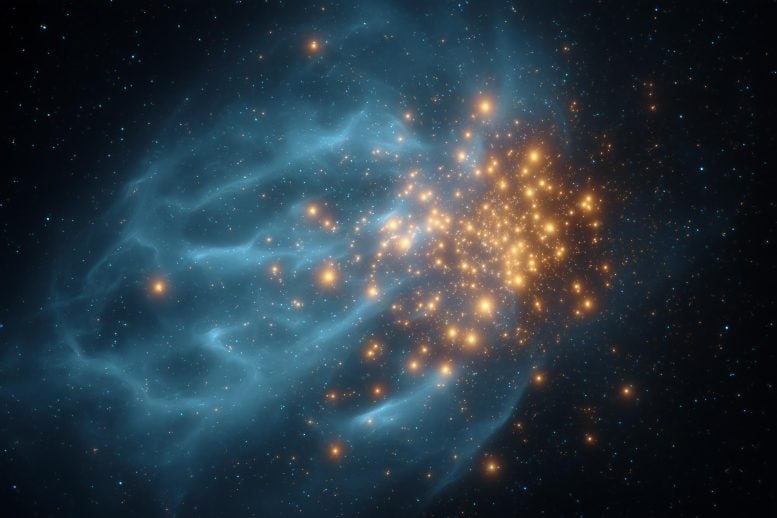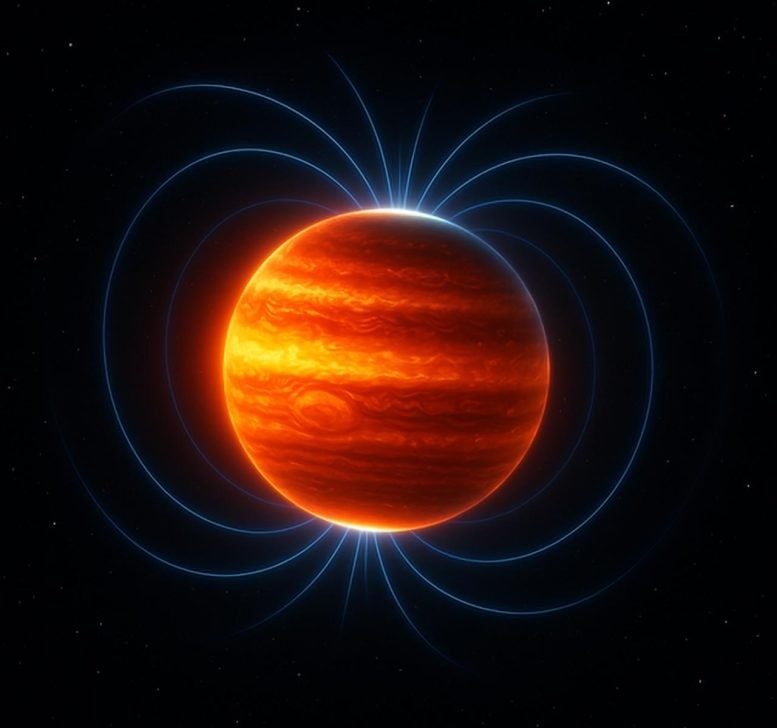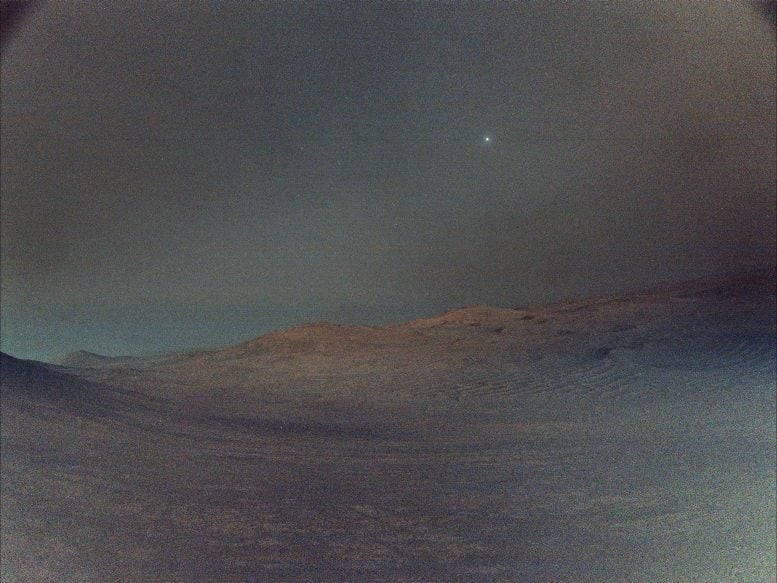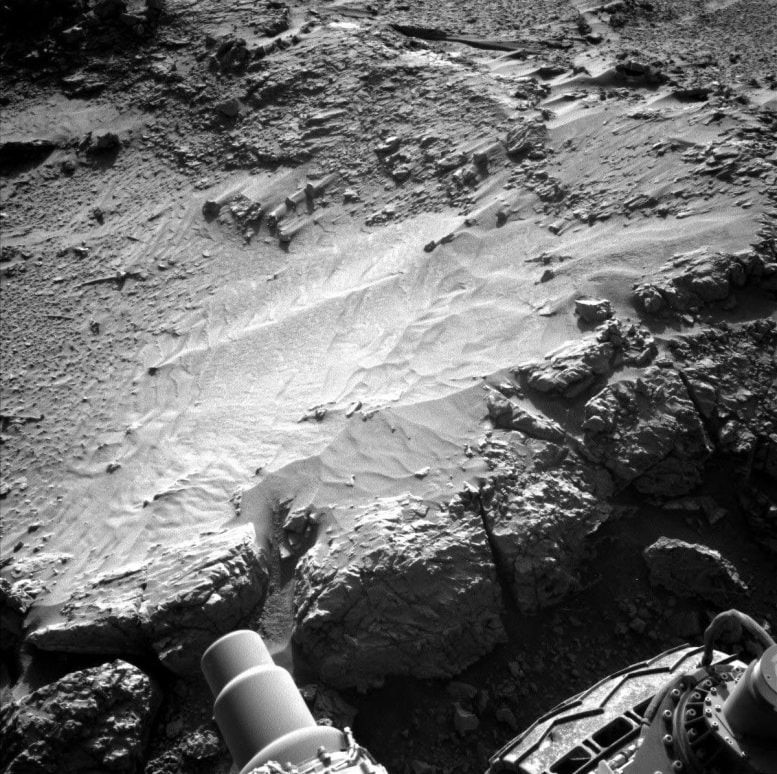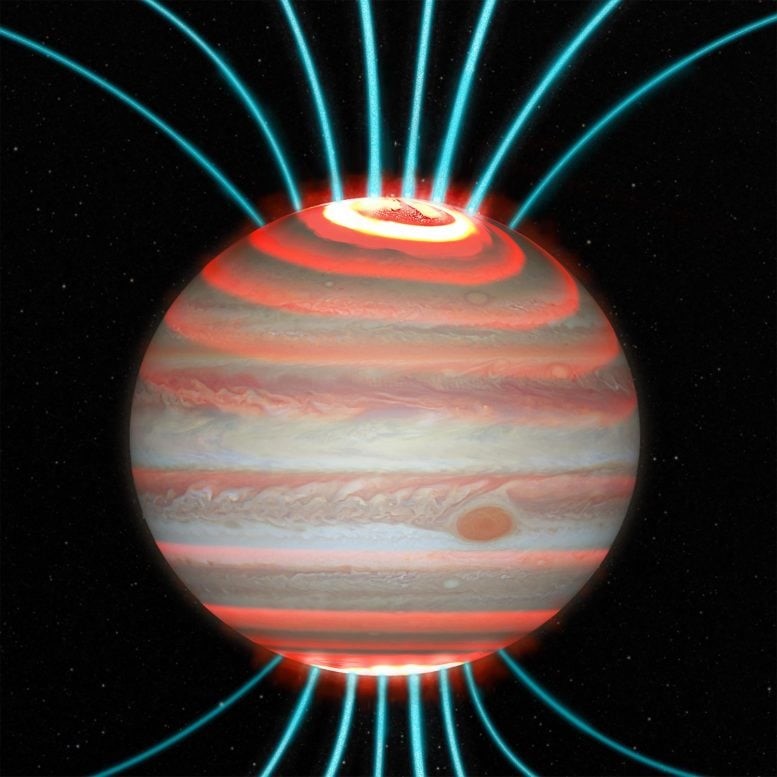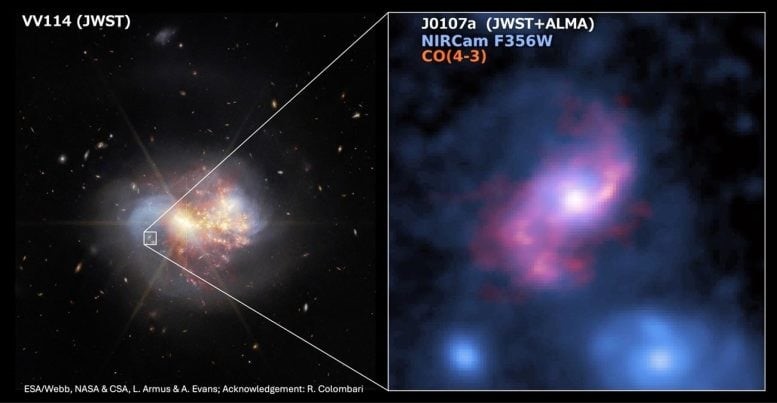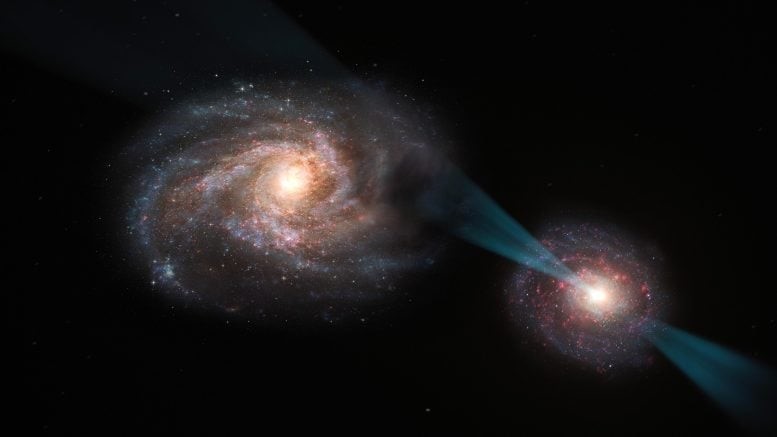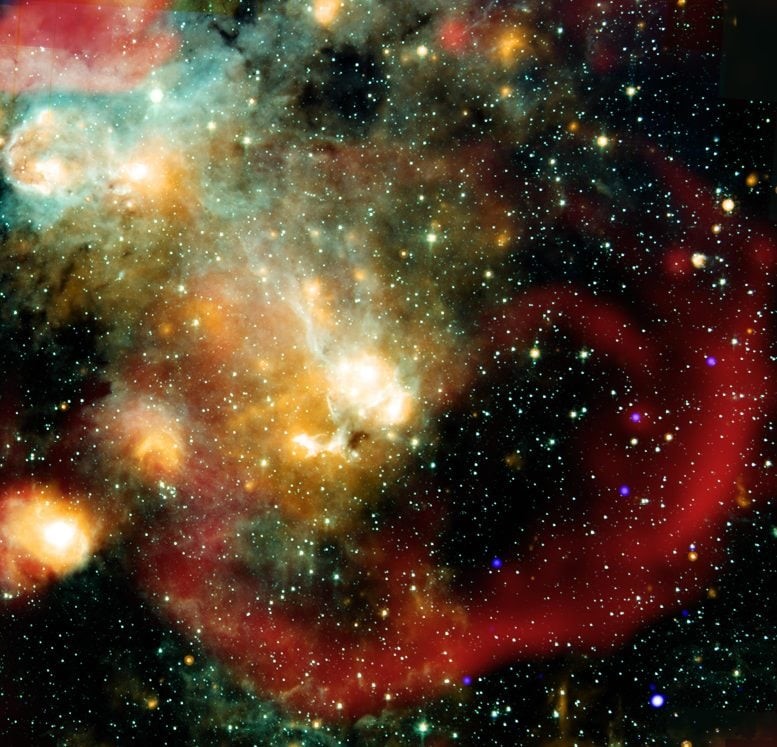Is It Alien Life or Simply Ethane? Scientists Reevaluate Webb Telescope Findings
A Molecular Mystery
On April 16, a research team from the University of Cambridge announced findings about the planet K2-18b, situated 124 light-years from Earth. Using data from the James Webb Space Telescope, they detected signals that could indicate the presence of either dimethyl sulfide or dimethyl disulfide—molecules that, on Earth, are produced exclusively by living organisms.

Figure 1. Alien Life or Just Ethane? Scientists Reassess Webb Telescope Data.
This announcement quickly made headlines. However, a team from the University of Chicago chose to reexamine the data, recognizing that extraordinary claims require rigorous verification. Figure 1 shows Alien Life or Just Ethane? Scientists Reassess Webb Telescope Data.
Interpreting data from telescopes is a complex process. Given that planets like K2-18b are extremely distant and too faint to observe directly, scientists must use indirect methods and sophisticated techniques to analyze what they can measure.
Light, Molecules, and Clues from the Telescope
In this observation, the Webb Telescope monitors the planet as it passes in front of its star, capturing the starlight that filters through the planet’s atmosphere. As the light travels through the atmosphere, certain wavelengths are absorbed more than others, depending on the molecules present.
Michael Zhang, a co-author of the study, noted that with signals this faint, it’s extremely challenging to definitively identify specific molecules.
“Any molecule with a carbon atom bonded to three hydrogens will absorb light at a certain wavelength,” he explained. “Dimethyl sulfide shows this pattern. However, countless other compounds containing a carbon bonded to three hydrogens produce similar signals in Webb’s data. So even with improved data, confirming that what we’re detecting is truly dimethyl sulfide remains difficult.”
Ethane or Extraterrestrial Life?
The team’s analysis showed that several other molecules could explain the telescope’s observations. One likely candidate is ethane, a gas commonly found in the atmospheres of planets like Neptune—where its presence clearly doesn’t signal life.
Co-author Caroline Piaulet-Ghorayeb emphasized that scientists generally prefer the simplest explanation when interpreting data: “We should only consider exotic molecules after ruling out those we expect to find naturally in the atmosphere.”
In this case, since the signal could correspond to either dimethyl sulfide or ethane—a molecule already known to exist on planets within our solar system—the researchers lean toward the more common, less sensational explanation.
Data Gaps and Overinterpretations
Both the Webb and Hubble telescopes have observed this planet multiple times. When all these observations are considered together, the team noted that the evidence supporting the presence of dimethyl sulfide becomes much less convincing.
The authors explained that their goal is to offer a more comprehensive perspective on the findings.
Moving Forward Cautiously in the Search for Life
“Determining whether life exists beyond our solar system is the most important question in our field—it’s the very reason we study these planets,” said Luque. “We’ve made tremendous progress, and we want to ensure that premature announcements don’t overshadow that achievement.”
Source: SciTECHDaily
Cite this article:
Priyadharshini S (2025), Is It Alien Life or Simply Ethane? Scientists Reevaluate Webb Telescope Findings, AnaTechMaz, pp.370


